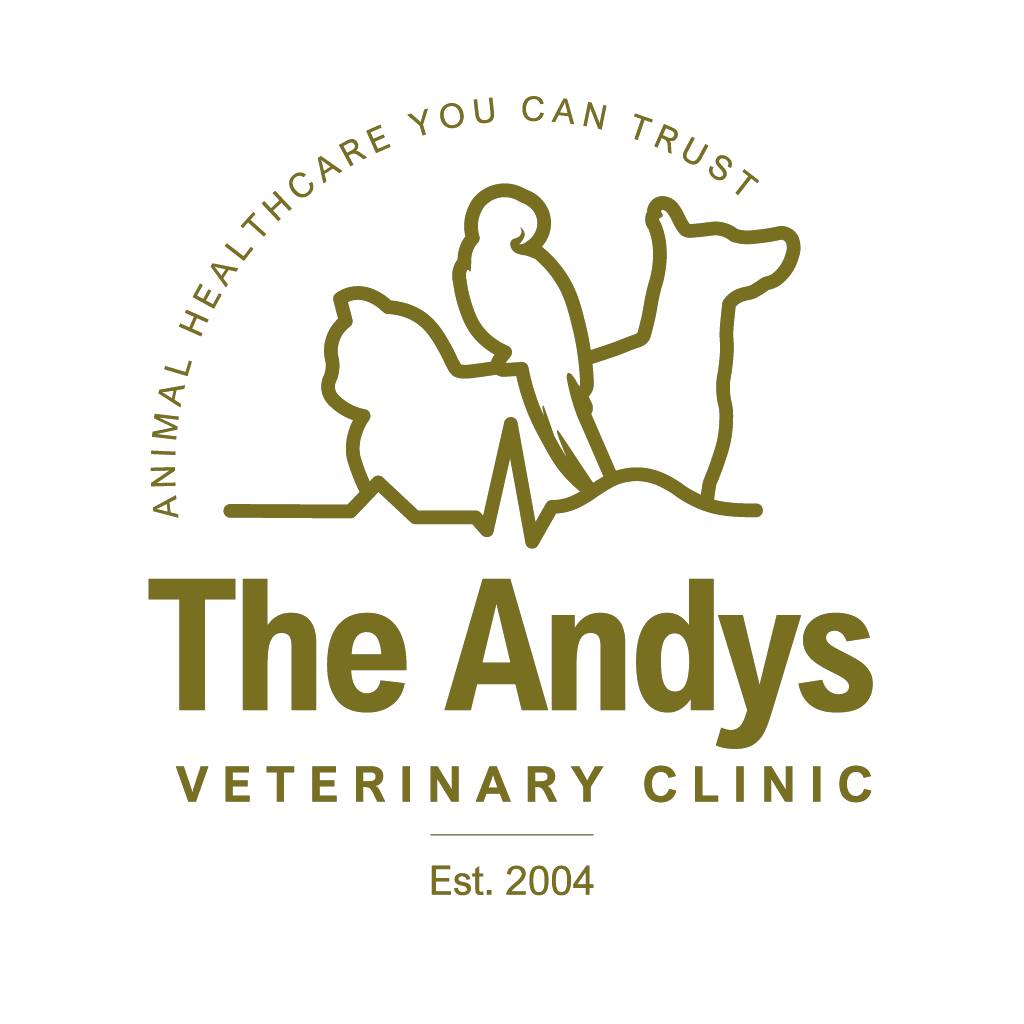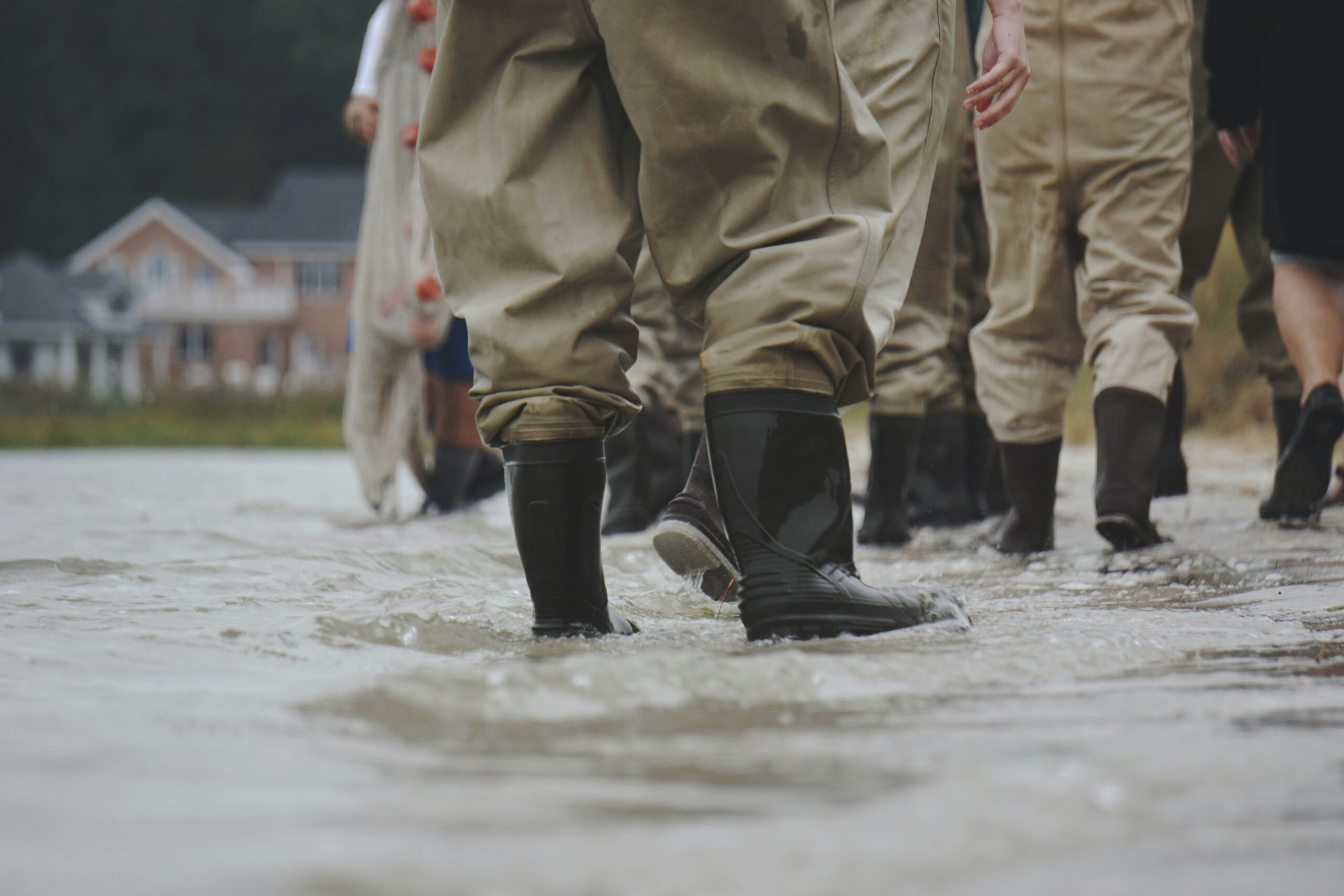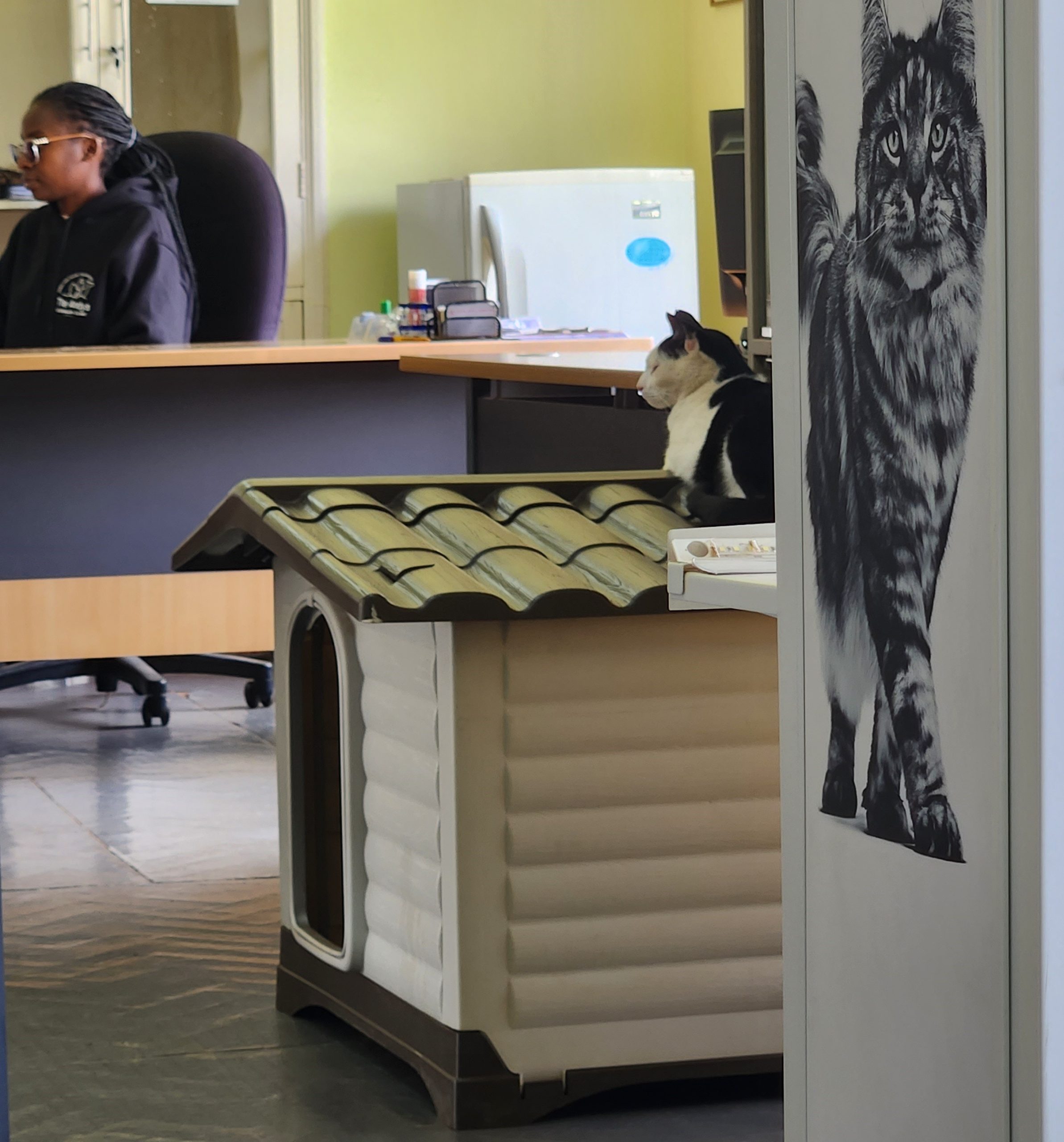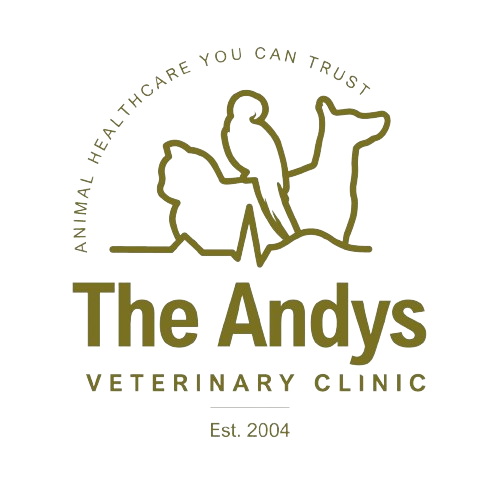Coronavirus (COVID-19)
Introduction
The recent novel coronavirus disease has placed the world in mortal terror and consternation. There has been a few cases that have been reported in Kenya causing public fear and anxiety. Doubt is fuel for fear and this can be more harmful than the actual COVID-19. This article will give you a general overview of COVID-19 so that you are armed and avoid being a victim of public misinformation. The coronavirus disease 2019 (COVID-19) is a disease that is caused by a severe acute respiratory syndrome corona virus 2 (SARS-coV-2). This disease as it is now famously known, COVID-19, is thought to have started in December, 2019 in Wuhan province, China. This has spread across the world causing unprecedented public health pandemic.
Transimission of COVID-19 from Animal to Human (Zoonosis).
There are many coronaviruses that affect many species and are classified as positive-sense RNA viruses, of which can cause respiratory, gastrointestinal, hepatic, and neurological diseases in their hosts. In wild life, bats are natural reservoir host of a large diversity of coronaviruses and recent researches have attributed the emergence of novel coronaviruses as being of public health and veterinary importance. Three such viruses emerged in the last 17 years, they include: Severe acute respiratory syndrome (SARS) coronavirus in 2002, Middle East respiratory syndrome (MERS) coronavirus in 2012, and the Swine acute diarrhoea syndrome (SADS) coronavirus in 2017. With the emergence of SARS, MERS and SADS, it is now widely accepted that coronaviruses are capable of readily adapting to new hosts.
Coronaviruses were also detected as potential pathogens in Malayan pangolins, and which has showed a complex genetic relationship with SARS coronavirus. A study by Ping and et al concluded that the increased number of deaths of Malayan pangolins that were smuggled into China was caused by different types of SARS-CoV virus that were isolated from them. The spread of virus from animals to human is suspected to have started in a fish and wildlife market in Wuhan City, China. This was through handling of wild life animals like the pangolins and not necessarily from eating them.
Spread of COVID-19 from persons to person.
The transmission of COVID-19 virus has been largely between person to person through touching or inhaling of nasal or oral droplets from an infected person or surfaces. An infected person may not necessarily show any symptoms of the disease during the incubation period. To curb this virus, we have to take personal responsibilty and change our social traditions of shaking hands, hugging or pecking our loved ones.
Does COVID-19 affect pets?
Dogs contract certain types of coronaviruses, such as the canine respiratory coronavirus which in many cases are mild and therefore not considered to be a threat. In addition, there is no current evidence that has shown pet animals can be a source of infection of COVID-19. Recent reports in Hong Kong mentioned of a 17 year old pomeranian whose owner had COVID-19, tested positive but had not shown any symptoms of the disease after being quarantined. Professor James Wood from the university of cambrige intimated that finding low level of virus in a dog exposed to a confirmed human case is not particularly surprising. It is notable that none of the dogs whose owners were ill from COVID-19 have come down with the virus. Therefore, dogs do not need face masks to be protected or passing the virus to their owners. However, it is recommended that people who have tested positive of COVID-19 to limit contact with their pets until more scientific information is available to the public.
How does the pet owner protect themselves and their pets from COVID-19 ?
There are no vaccinations that are available for COVID-19 for pets and human at the moment. Since the virus has not been known to affect pets, there are no specific measures that pet owners can take to protect their pets except, maintaining good hygienic measures to avoid any parasite or infection that can be transmitted to them.
However, pet owners can take the following measures to protect themselves:
- Wash your hands often with soap and water.
- Sanitize your hands after touching public area surfaces.
- Avoid touching your eyes, nose, and mouth.
- Avoid close contact with the sick people.
- Cover your face with paper towels when coughing or sneezing and dispose the towels in a safe manner.
- Clean and disinfect frequently touched objects and surfaces.
- Visit a medical Doctor if you have flu-like symptoms for early management of the disease.
- Self quarantine if one feels that he or she has been exposed to COVID-19
- To avoid the spread of the COVID-19 virus, The Andys veterinary hospital is a NO HANDSHAKE ZONE.
References.
Ping liu, Wu Chen and Jin-Ping chen (2019): Viral Metagenomics Revealed Sendai Virus and Coronavirus Infection of Malayan Pangolins (Manis javanica) Viruses 11(11), 979.
Markotter, W., Geldenhuys,M., Jansen van Vuren,P., Kemp, A., Mudakikwa, A., Nel,L., Nziza,J., Paweska,J and Weyer,j.(2019); Paramyxo- and Corovirunes in Rwanda bats. Trop Med Infect Dis.4(3):99
Shi-Yan,R., Rong-Ding, G., and Ye-Lin,C. (2020): Fear can be more harmful than the severe acute respiratory syndrome coronavirus 2 in controlling the corona virus disease 2019 epidemic. World J Clin Cases. 8 (4): 652-657.
Science media center.org/expert reactions to media reports of a dog in hong kong being tested weak positive for corona virus.





